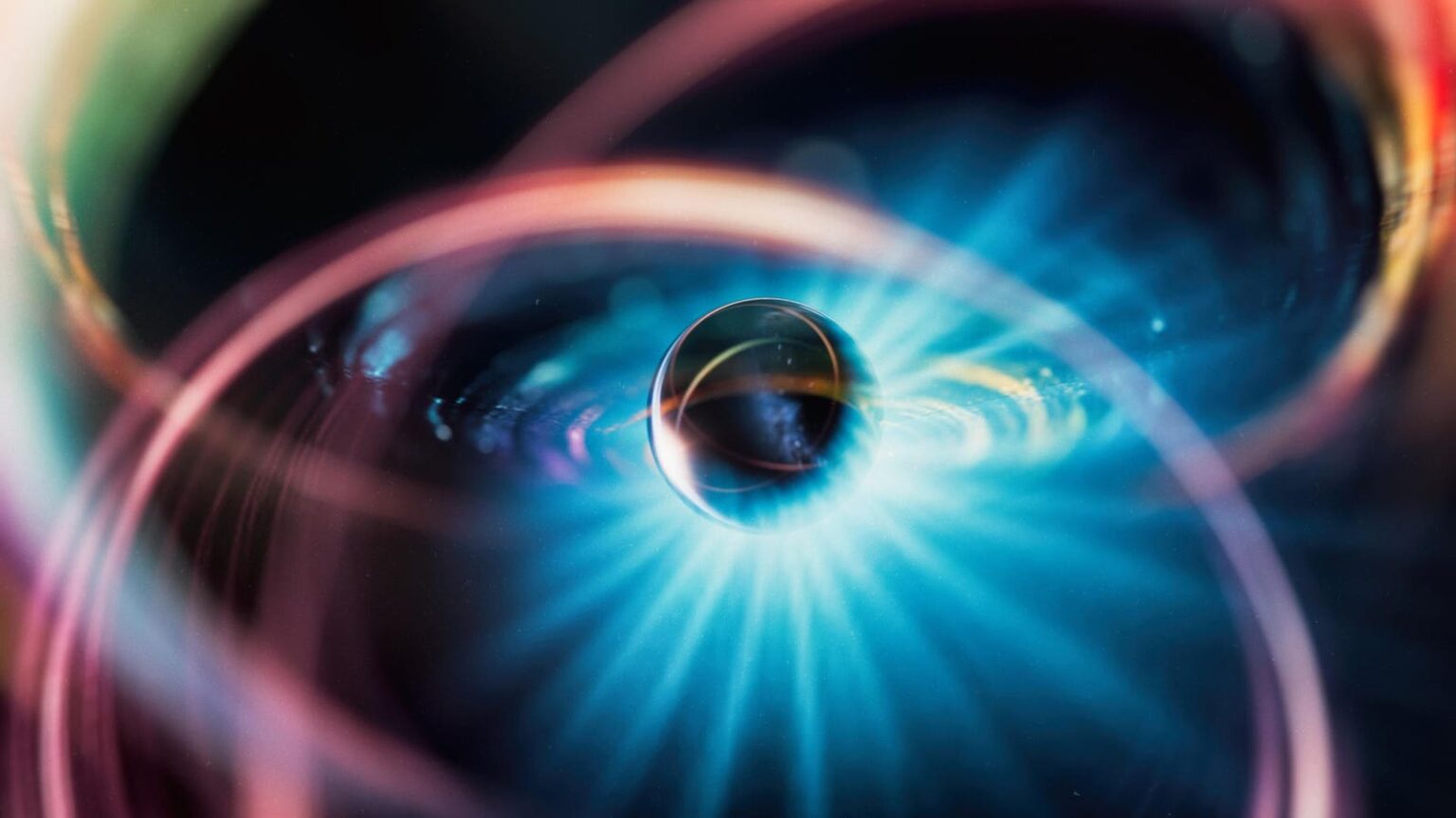Matthew Chase Levy is founder of Blue Capital, fellow at Oxford’s Wolfson College, & the 1st American physicist Newton International Fellow.
When I last wrote over seven months ago, people were more hopeful. Yes, we had visible inflation, and yes, there were challenges to our leadership coming from unfriendly countries, as I wrote (and, yes, it’s been long enough that Paul Krugman retired in the interim).
External challenges to U.S. leadership, especially large ones, create visibility, often engendering race-like competition. At their best, they enable us to make a big leap forward.
Today, we find ourselves with exactly that opportunity as, in the middle of broad daylight, commercial satellites have exposed the fact that China is building a massive new facility in the desert that could aid nuclear weapons design and power generation and that is 50% larger than the largest U.S.-based facility. What can the U.S. do to uplevel our own economies in the face of such a visible challenge to our energy security?
Some say losing the U.S. edge is a fact of life, but that may not be the right word. Instead, one must understand that global competition can be healthy, in the right circumstances, opening a way to a better future for all—in this case, one powered by fusion. The Fusion Fest organized in April 2025 by The Economist (which regularly points out tariffs’ negative effects) actually offers such a positive path.
For those of us in the fusion community, it is clear that we are entering the Age of Sun. Yes, the sun is fusion, and it has many more myths and meanings. Sun is light, and it is power. More than electricity, it is security. But where will the Age of Sun center?
Here in California, consider the evidence from the National Ignition Facility (NIF). In December 2022, after decades of effort, they achieved ignition: coaxing slightly more energy out than the laser energy delivered (a gain of about 1.5 Megajoules [MJ], releasing around 3 MJ). A monumental step. But the pace since has been startling.
By early 2024, barely a year later, reports emerged of repeated ignition events with gains pushing toward 3.5 MJ, unlocking roughly 7 MJ from a 2 MJ input. This leap, representing roughly a 200-fold increase in energy yield from initial kJ-level experiments just a few years prior, isn’t a linear improvement. It’s physics hitting an exponential stride, and the government in California is working for the people. The future is arriving faster than scheduled, but can we afford it?
The key remains in economics. Multibillion-dollar projections for first-of-a-kind plants understandably cause sticker shock. The brute approach—giant, isolated power stations—makes the economics challenging against legacy energy, especially with rising grid costs.
The right solution? Don’t just build a power plant; build a fusion-powered community. Such a “star city” would be less of an inaccessible energy fortress and more of an integrated powerhouse polis. This builds on what I began unfolding in this column regarding fusion-powered cities and during my talk “Fusion and How to Invest In It” at Seattle Fusion Week last year.
With a star city, the idea is to weave the fusion plant directly into the community fabric—anchoring districts with not just abundant clean power but also the infrastructure it enables: jobs, student feeder projects, energy-hungry data centers for the artificial intelligence (AI) boom, charging stations for autonomous cars, advanced manufacturing, research hubs, vertical farms, virtual reality, gaming and even co-located affordable housing. The Saudis are working on the NEOM Project and other sites that could fit the bill.
The result is a lower cost of fusion and faster time to market, music to my ears as the general partner of an advanced energy and dual-use venture capital think tank firm. We understand that co-location slashes initial capital costs. Diversified revenue streams, including from leases, data services and amenities, effectively subsidize the energy generation, transforming a potential cost burden into a community asset.
In this way, we have an opportunity to beat inflation by empowering our communities with fusion, so to speak. The geopolitical clock is ticking. Along with chips, China is already doing this with self-driving cars—customizing the cities themselves, including policies, and how the cities are built, to speed the way. Some would say that whether it is with self-driving cars or fusion, the technology is still emerging, so why should the government or private investors invest now? But, as Peter Thiel has pointed out, these two notions—that the technology is too early (so it’s better to wait and see) and that China is already so far ahead (so we shouldn’t even bother)—actually have the same defeatist effect if we let them.
The reality is that we need decisive action. Within a star city, fusion becomes inherently deflationary, buffering residents and industries from volatile energy markets and housing inflation. The think tank I’m a part of has just put out a white paper showing that this could enable a cost savings of 20% to 30% and a faster time to market by more than three years, saving more than $4 billion in the process. It’s time for economists, financiers, legislators, scientists, technologists and leaders in California and other states to take decisive actions to move us forward.
The information provided here is not investment, tax or financial advice. You should consult with a licensed professional for advice concerning your specific situation.
Forbes Finance Council is an invitation-only organization for executives in successful accounting, financial planning and wealth management firms. Do I qualify?
Read the full article here

